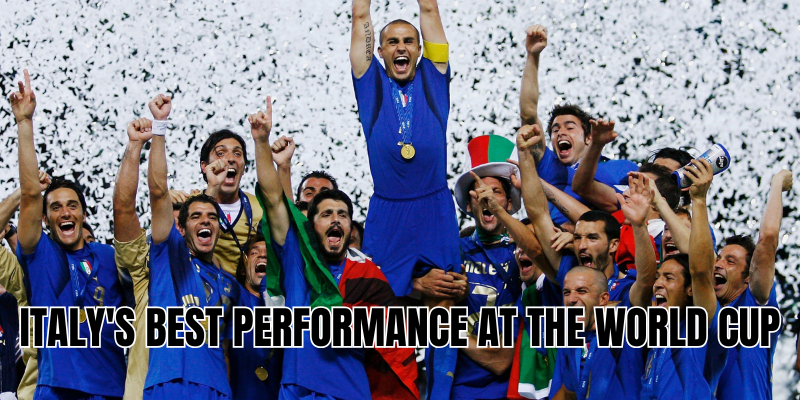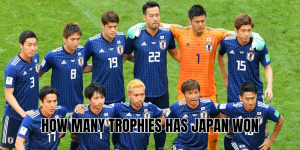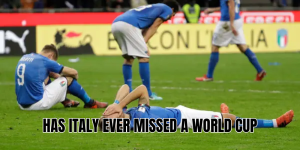In the world of football, Italy is no stranger to greatness. From drama-fueled finals to tactical masterclasses, the Azzurri have carved their name deep into the lore of the FIFA World Cup. But when we ask: Italy’s best performance at the World Cup, what does that truly mean? Is it the most dominant run? The title won in style? Or perhaps the emotional weight carried in a final through penalty shootouts? In this journey, AnaGoal guides you through Italy’s greatest World Cup moments, and reveals the moment when the Azzurri truly shone brightest.
The Hallmarks of a “Best Performance”
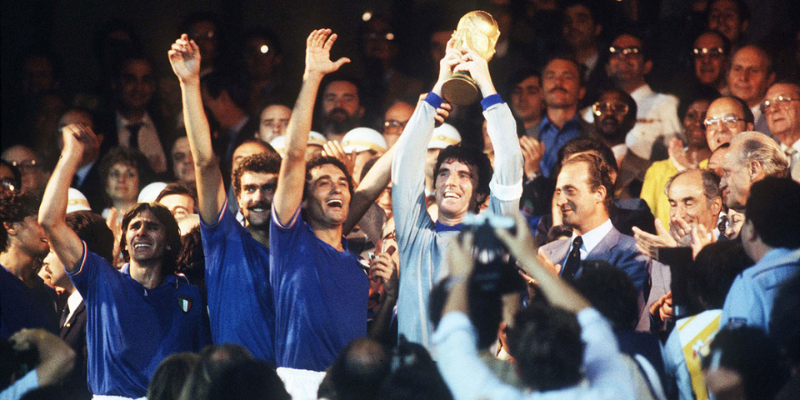
Before zeroing in, let’s set the stage. What qualifies as a “best performance” at the World Cup?
- Tournament victory: Winning the trophy is the ultimate benchmark.
- Undefeated run / margin of dominance: Some wins feel effortless, others are battles.
- Historical context / adversity overcome: Triumphs that defied expectations or followed hardship.
- Legacy and influence: The performance’s long-term impact on Italy’s football identity.
By these measures, Italy has multiple contenders. The Azzurri are four-time champions (1934, 1938, 1982, 2006) — a feat that underlines their pedigree. Yet not all World Cup victories are equal. Let’s compare.
Champions of 1934 & 1938: Early Dominance
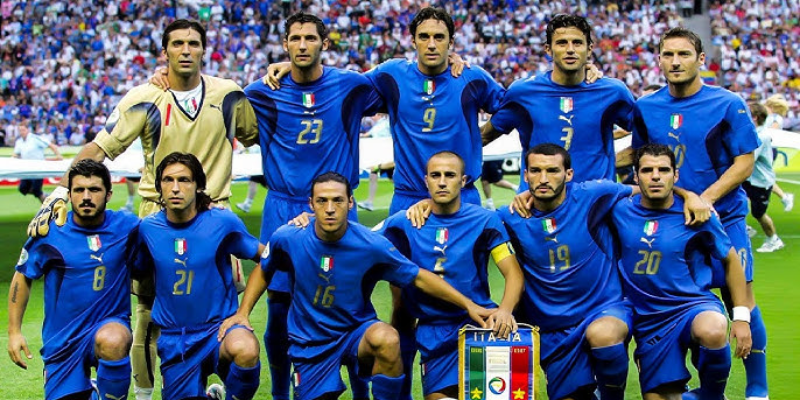
1934: Triumph at home with grit
When Italy hosted the 1934 World Cup, the pressure was immense. Under Vittorio Pozzo’s leadership, the Azzurri navigated a grueling knockout format. The final, against Czechoslovakia, went to extra time before Italy prevailed 2–1. It was a breakthrough — Italy’s first world title, achieved in hostile conditions and rife with political significance.
1938: First team to defend the crown
Four years later, in France, Italy became the first team ever to win back-to-back World Cups. This is no small footnote: Italy in 1938 won every match they played in the tournament. Their final against Hungary ended 4–2, with Gino Colaussi and Silvio Piola among the scorers. The 1938 campaign remains one of the most dominant title runsn tournament history.
These two early victories are spectacular, but in the modern era — with expanded formats, tougher competition, and evolving tactics — they are often judged differently than later triumphs.
1982: The Resurgence and the Rossi Renaissance
In 1982, Italy arrived in Spain amid skepticism. Their opening group was shaky, but they hit form at the right time. Paolo Rossi, returning. The knockout path included a pulsating 3–2 win over Brazil in arguably the greatest match ever played, before defeating Poland in the semi and West Germany 3–1 in the final.
Italy’s 1982 run famously showcased resilience, flair, and a team reinvented mid-tournament. It wasn’t pure dominance, but its narrative arc — from underdog to champion — elevated it in collective memory.
2006: The Modern Classic with Penalties and Redemption
The 2006 World Cup in Germany is often the most emotionally charged and technically refined Azzurri performance. Italy went unbeaten throughout the tournament, winning knockout ties with tactical discipline and individual brilliance. They beat Germany in the semis, Uruguay and Australia earlier, and finished in a final showdown with France. That final ended 1–1 after extra time. In a dramatic twist, Italy won the penalty shootout 5–3.
Buffon, Cannavaro, Pirlo, Materazzi — this squad embodied balance. Marco Materazzi’s equalizer and Zidane’s infamous headbutt would become football folklore. They took home Italy’s fourth World Cup, and in doing so left a mark recalling both passion and poise.
Side by Side Comparison
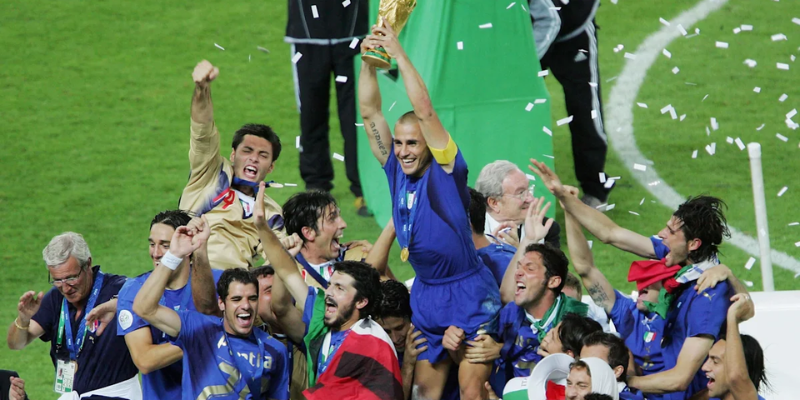
Let’s pit the four champion years against our criteria:
| Year | Undefeated? | Difficulty / adversity | Iconic moments & legacy | Technical / tactical mastery |
| 1934 | Yes (knockout all the way) | High pressure at home | First title, extra time final | Early tactics, less depth |
| 1938 | Yes (perfect run) | Defend legacy abroad | First ever back-to-back | Sharp attack, dominance |
| 1982 | No (sluggish start) | Rebounded mid-tournament | Rossi’s redemption, Brazil classic | Brave tactics, flexible |
| 2006 | Yes | Strong field, modern era | Penalty drama, perfect defense | Elite balance & consistency |
By many measures, 2006 stands atop. It combined unbeaten form, modern tactical complexity, emotional resonance, and quality across the squad. Yet purists may argue 1938’s perfect run is rarer, or 1982’s narrative has unmatched drama.
Other Notable Deep Runs
Italy also reached two other World Cup finals — 1970 and 1994 — though without winning. In 1970, the Azzurri fell to Brazil 4–1, despite an inspired semi vs. Germany. In 1994, they reached the final but lost in penalties to Brazil after a 0–0 draw. The 1990 tournament on home soil saw Italy finish third, powered by Totò Schillaci’s Golden Boot and Golden Ball performance. While memorable, these runs lack the final victory — and thus don’t eclipse the champion years.
Why 2006 Is Widely Regarded as Italy’s Best Performance
There’s a reason fan debate often centers on 2006 as Italy’s best performance at the World Cup:
- Modern constraints — 32 teams, deep tactical challenges, physical demands.
- Unbeaten record — no match lost across seven games.
- Tactical sophistication — the team blended rigid defense with fluid attack.
- Iconic moments — penalties, personal duels, instant history.
- Legacy — it was Italy’s first World Cup in 24 years, restoring national pride.
In short: it satisfies every criterion of greatness.
The Players Behind the Glory
Any discussion of Italy’s best performance at the World Cup is incomplete without players.
- Gianluigi Buffon — world-class in goal, a backbone of the 2006 squad.
- Fabio Cannavaro — captain and defensive rock, later FIFA Player of Year.
- Andrea Pirlo — mastermind in midfield, dictating tempo at will.
- Marco Materazzi — scored the equalizer in the final and won spot in shootout.
In 1982, Paolo Rossi was the tournament’s heartbeat: leading scorer, best player, resurrecting Italy’s title chase. In 1938, Piola and Colaussi spearheaded the attack in dominating fashion.
Legacy & What Fans Should Remember
Italy’s four World Cup titles place them among the elite — tied with Germany and behind only Brazil in total trophies. But legacy is not just about quantity — it’s about texture. Each championship represented a different era, playing style, national mood.
When asking Italy’s best performance at the World Cup, the 2006 triumph holds the crown for most fans. But for those enchanted by raw dominance or poetic underdogs, 1938 and 1982 remain extraordinary in their own right.
Final Thoughts
Italy’s best performance at the World Cup transcends mere results — it’s about meaning, challenge, and the stories etched in every pass, goal, and save. The 2006 campaign captures all those elements with surgical precision, modern brilliance, and emotional depth. Whether you lean toward 1938’s pure dominance or 1982’s poetic comeback, Italy has gifted football fans countless golden chapters.
At AnaGoal, we invite you to dive deeper — explore individual match stats, player profiles, and head-to-head battles across World Cups. Which of these Azzurri legends resonates most with you? Share your pick, and let’s celebrate Italy’s enduring football legacy together.
